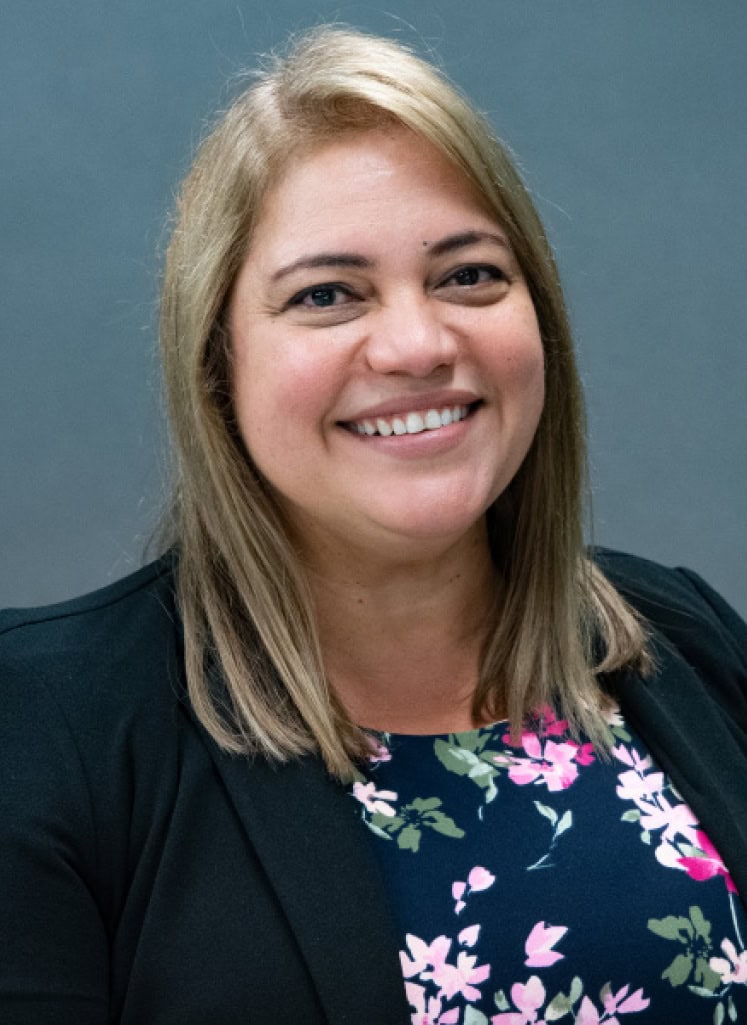Dentists/Dental Hygienists
Target Audience: General Dentists/Dental Hygienists/Dental Specialists
 Instructor: Susan Richards, DDS
Instructor: Susan Richards, DDS
Dr. Richards completed her predoctoral dental education at Loma Linda University School of Dentistry in 1984. She completed the advanced education program in oral pathology at the University of Southern California (USC) School of Dentistry, in conjunction with oral pathology residency at the Los Angeles County/USC Medical Center in 1987. Dr. Richards has been board certified in oral and maxillofacial pathology since 1989. She also holds fellow status in the American Academy of Oral and Maxillofacial Pathology and the Southern California Academy of Oral Pathology.
Dr. Richards assumed full-time teaching duties at Loma Linda University School of Dentistry in 1987 and currently holds the academic rank of Associate Professor. She teaches courses in oral and maxillofacial pathology, as well as general and systemic pathology, for predoctoral dental and dental hygiene students. She also lectures with dental advanced education programs and provides specialty clinical consultations in all of the school’s teaching clinics. Dr. Richards has served on innumerable committees and task forces at the School of Dentistry and University. Dr. Richards also chaired the Department of Oral Diagnosis, Radiology and Pathology from 1994 to 2000, after serving as associate chair for two years.
Dr. Richards treats clinical oral pathology patients at the school’s faculty practice a half day per week. She provides general dentistry care one day a week at the Koppel Special Care Dentistry outpatient surgery center where she treats young children, medically compromised children and medically compromised adult patients who require general anesthesia for their dental treatment. Click here for Curriculum Vitae.
Presentation title: Common Oral Pathologic Conditions: What is this and what do I do about it?
Course description: Many dental practitioners do not see oral pathologic lesions frequently in practice. Thus, when a patient has something abnormal, the dentist or dental hygienist can find it but might not always remember what it is or what to do about it. This course is designed to help the dental practitioner refresh and update diagnostic and management skills for oral pathologic conditions that are most commonly seen in practice.
This course will present a broad review of the most common mucosal, soft tissue and jaw pathology of the head and neck area. Some less common but important conditions, like oral cancer, will also be discussed. The emphasis will be on recognizing the clinical signs and symptoms of disease that allow the practitioner to arrive at an accurate diagnosis of lesions. Best practices for treatment at the general dentistry level will be discusses, as well as indications for referral to a specialist.
Objectives: Upon completion of this course, the participant will have the opportunity to learn:
- The Different types of exams and aids useful in screening for oral cancer
- The signs and symptoms of common oral soft tissue lesions
- The key clinical features that characterize common oral lesions
- The key radiographic features that characterize common jaw lesions
- How to develop a useful differential diagnosis for oral soft tissue and bony lesions
- How to distinguish between common look-alike oral lesions, such as herpes and aphthous ulcers
- The current treatments of common oral lesions
- Guidelines for referring a patient
- How to determine which lesions require immediate attention
References:
- Neville, Damm, Allen, and Chi, Oral and Maxillofacial Pathology, 4th Edition. Saunders, 2016. ISBN-13: 978-1455770526.
- Lingen MW, et. al. Evidence-based clinical practice guideline for the evaluation of potentially malignant disorders in the oral cavity. JADA, October 2017. Volume 148, Issue 10, Pages 712–727.
- Chairside Guide for Detecting Oral Cancer. Available for download at the ADA website.
CDE Accreditation Statement: (6 Hours)
This course, “Common Oral Pathologic Conditions: What is this and what do I do about it”, meets the Dental Board of California’s requirements for 6 units of continuing education.


